Equine Podiotherapy Conference/ Bowker Lectures 2015
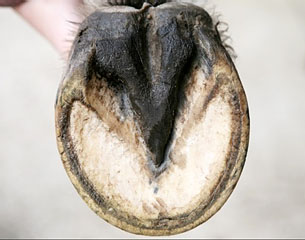 The Australian College of Equine Podiotherapy conducts a biennial conference that aims to present current, progressive, objective and scientifically justified information to equine industry professionals (vets, vet chiros, body therapists, equine podiatrists as well as ‘progressive’ horse owners). Our aim is to disseminate information covering all aspects of horse management that is slanted towards keeping horses sound and in optimum health for the long term, not just next weekend’s blue ribbon.
The Australian College of Equine Podiotherapy conducts a biennial conference that aims to present current, progressive, objective and scientifically justified information to equine industry professionals (vets, vet chiros, body therapists, equine podiatrists as well as ‘progressive’ horse owners). Our aim is to disseminate information covering all aspects of horse management that is slanted towards keeping horses sound and in optimum health for the long term, not just next weekend’s blue ribbon.
The conference is named in honour of our long term mentor Professor Robert Bowker from Michigan State University whose research has fostered a generational change in equine hoof management.
Our next conference is scheduled for 21-23 February 2015 in North East Victoria (at Pinnacle Valley Resort near Mansfield).
In addition to Prof. Bowker who will be presenting his latest research findings relevant to equine hoof function, we have secured Dr Kerry Ridgeway to present his latest thoughts relative to equine body therapy, Dr Ann Nyland to speak on equine intestinal health, Dr Penelope Thomson to speak about the current pain relief options for lame horses, Sharon May Davis to present a couple of new peer reviewed research papers relevant to functional anatomy, Mariette van den Berg (MB Equine Services) to speak about integrated pasture management and equine foraging behaviour and a half dozen hoof specialists who will discuss current ‘in the field’ research they are conducting.
Something new for us at this conference (with the three days allowing us to have an official dinner) will be an after dinner speaker. We are excited to announce that Dr Andrew McLean from the Australian Equine Behaviour Centre, will be our guest speaker. He will talk bout “Ethology and Learning Theory in Horse Training”.
It doesn’t matter what corner of the equine therapy world we work in, be it hooves or body or even veterinary medicine, the more we look at the whole horse, the better are the long term results.
The best trimmers are those who learn about bodies. The best body therapists are those who learn about the hooves.
There are also the amazing networking opportunities generated by such a gathering of like minds. You never know just who you may meet at a conference like this.
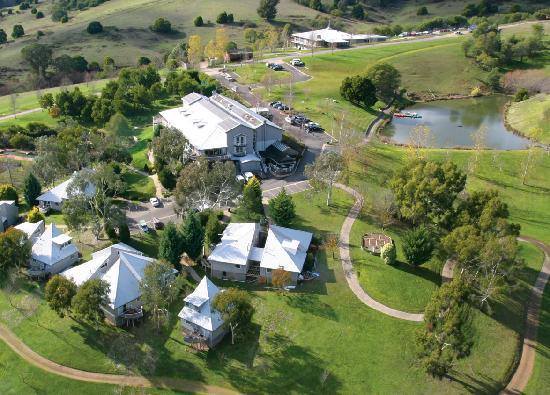 The venue at Pinnacle Valley is simply breathtaking. Right at the very foot of the iconic Victorian High Country. If you are from interstate you may wish to include a high country horse ride in your itinerary. February is the best time to experience the high country.
The venue at Pinnacle Valley is simply breathtaking. Right at the very foot of the iconic Victorian High Country. If you are from interstate you may wish to include a high country horse ride in your itinerary. February is the best time to experience the high country.
If you are intending to participate, don’t leave it to the last minute, numbers are limited. Please call or email in for your name to be put on the list. As soon as registration documents are completed they will be emailed out to you.
The cost for the three days is a very affordable $475. This includes morning tea afternoon tea and lunch. The dinner will be extra. As further details are cemented, we will update you on the Barefootblacksmith Facebook site and our web site http://www.barehoofcare.com/index.html
Info:
Date : Saturday 21st, Sunday 22nd and Monday 23rd February 2015
Venue : Pinnacle Valley Resort, Merrijig, Victoria
www.pvr.com.au
Time : Saturday – Registrations – 8.30 am
Lectures – 9.00 am – 6.00 pm Saturday and Sunday
Dinner & Guest Speaker – 6.00 pm Sunday
Lectures – 9.00 am – 3.00 pm Monday
Cost : $475 – Conference proceedings book, morning
tea, afternoon tea and lunch included.
Dinner$45. Total inc. Dinner $520
Registrations open 2 1 s t October 2014. Positions filled in order of payments received.
Complete attached registration form or download at www.barehoofcare.com and fax to 03 5773 4307.
You can also register in person at Equitana 2014
Download here:
Grazing Animals May Reverse Man-Made Damage To Grasslands Around The World
 Biodiversity of plants and grasses in a landscape are linked to the herbivores needs and vice versa (plant-animal interactions). Herbivores eat a variety of plants for a number of reasons including to increase nutrients intake, reduce excess intake of toxins and for flavours (hedonic). We therefore should manage our pastures/land in such a way that we promote biodiversity and train/exposure animals to eat a variety of plants (yes training animals! herbivore foraging behaviour is learned not innate). This will contribute to better land and animal health. http://extension.usu.edu/behave/
Biodiversity of plants and grasses in a landscape are linked to the herbivores needs and vice versa (plant-animal interactions). Herbivores eat a variety of plants for a number of reasons including to increase nutrients intake, reduce excess intake of toxins and for flavours (hedonic). We therefore should manage our pastures/land in such a way that we promote biodiversity and train/exposure animals to eat a variety of plants (yes training animals! herbivore foraging behaviour is learned not innate). This will contribute to better land and animal health. http://extension.usu.edu/behave/Published on the International Science website
By Shweta Iyer on March 9, 2014 2:18 PM EDT
Grasslands occupy more than one-quarter of the Earth’s land area, spreading over six continents. As bio-diverse ecosystems, they support the growth of several indigenous plants and animals. But unfortunately, overuse of fertilizers in the past decades have accelerated ecological decline throughout the unique landscapes. Now, a team of scientists have come up with a solution to conserve and protect the biodiversity of the grasslands: Allowing animals to graze and chew out the overgrown grass.
More than 50 scientists who study grasslands worldwide, known as the Nutrient Network (NutNet) conducted a five-year comparative study on the grasslands, and came up with the solution. The study, which will be published in the journal Nature, was carried out at 40 different sites around the world. “This study has tremendous significance because human activities are changing grasslands everywhere,” said study co-author Daniel S. Gruner, associate professor of entomology at the University of Maryland, in a statement.
“We’re over fertilizing them, and we’re adding and subtracting herbivores. We have a worldwide experiment going on, but it’s completely uncontrolled.”
The grasslands are dotted with a number of native plants, however, human activities, such as burning fossil fuels, adding fertilizers, and dumping farm animal manure into the land have added extra nitrogen and other nutrients into the grassland soil. This excess in nutrients has led certain grasses to overtake others, as they sap the nutrients faster and grow bigger — leading to not only fewer nutrients but also less sunlight. In addition to these factors, grasslands around the world are also being converted into pasture land for domestic animals, which have begun to outnumber other wild grazers like elk and antelope.
Allowing grazers to eat the grass, thus reversing the effects of over-fertilizing, had been theorized but never tested. To test the theory, the NutNet scientists created four test plots in each of the 40 sites. The first test plot was fenced, to prevent animals from grazing. The second was sprayed with fertilizers to replicate current farming practice — using fertilizer — with animals being allowed to graze. The third plot was both fenced and fertilized, and the last one was left alone.
In all the test sites the population of animals was unmonitored. So, in some places there were a lot of native grazers while others had more domestic animals. Some sites had been previously grazed by cattle but were now abandoned.
The researchers found that the fertilized plots that didn’t have grazing animals also had a lower diversity of plants, while fertilized plots with grazing animals showed an increase in plant diversity. The most improvement was observed in plots where large, wild and domestic animals were allowed to graze. These animals included cattle, pronghorn, and elk on North America’s Great Plains; wildebeests and impala on Africa’s Serengeti; and horses, sheep, and ibex in rural India. Places where only small animals like rabbits, voles, and gophers grazed did not show much improvement.
With these results, the researchers proved that grazing animals improved biodiversity by increasing the amount of light reaching the ground. “Where we see a change in light, we see a change in diversity,” said lead author Elizabeth Borer, of the University of Minnesota, in the statement.
“Our work suggests that two factors, which humans have changed globally, grazing and fertilization, can control ground-level light. Light appears to be very important in maintaining or losing biodiversity in grasslands.”
International Equine Permaculture Workshop – Switzerland (Oct 2014)
MB Equine Services is very excited to announce that we will be hosting two 2-Day workshops on equine nutrition and permaculture in Switzerland (Canton du Jura) in October 2014!
On Day 1 (Healthy land = healthy horses) we will focus on common horses and land management issues around the world, horse nutrition (digestive system, feeding practices and disorders), horse behaviour (time budget and foraging strategies), pastures (grass growth and development), soil development, ecosystem management and introduction to pasture and grazing planning. On this day we will walk the Creux de Biches property and potentially visit another equine property.
On Day 2 (Planning = the bridge between the present and the future) we will get hands on with our property planning. First we will cover some theory on property planning steps and goal setting. In the afternoon we will start with the actual planning; current infrastructure mapping, natural feature mapping and future planning. At the end of the workshop we will finish the program with a short movie about implementing equine permaculture and the process of designing.
When: 18 & 19 and 25 & 26th of October!
Where: Le Creux-des-Biches http://www.creux-des-biches.ch/fr/le-creux-des-biches/
The old station Creux -des- Biches
Come home, relax, learn to understand nature and people, regain strength, recognize its place in the world, take heart
The old train station is a little oasis where people in a protected environment can learn about and develop new strategies and visions for future living. The guest house offers simple but comfortable shared rooms (single rooms with extra charge), a beautiful meditation room, kitchen and dining room with library. The property is located in the most beautiful hiking area at high level of free mountains and inhabited by friendly people, horses, chickens, rabbits and cats. At the moment a Permaculture paradise garden with a pond is being created. We are happy to provide our place for seminars, workshops, and new event projects.
For more information and booking: L’Ancienne Garde du Creux des Biches – Email: bonjour@creux-des-biches.ch Phone: +41 32 953 1180
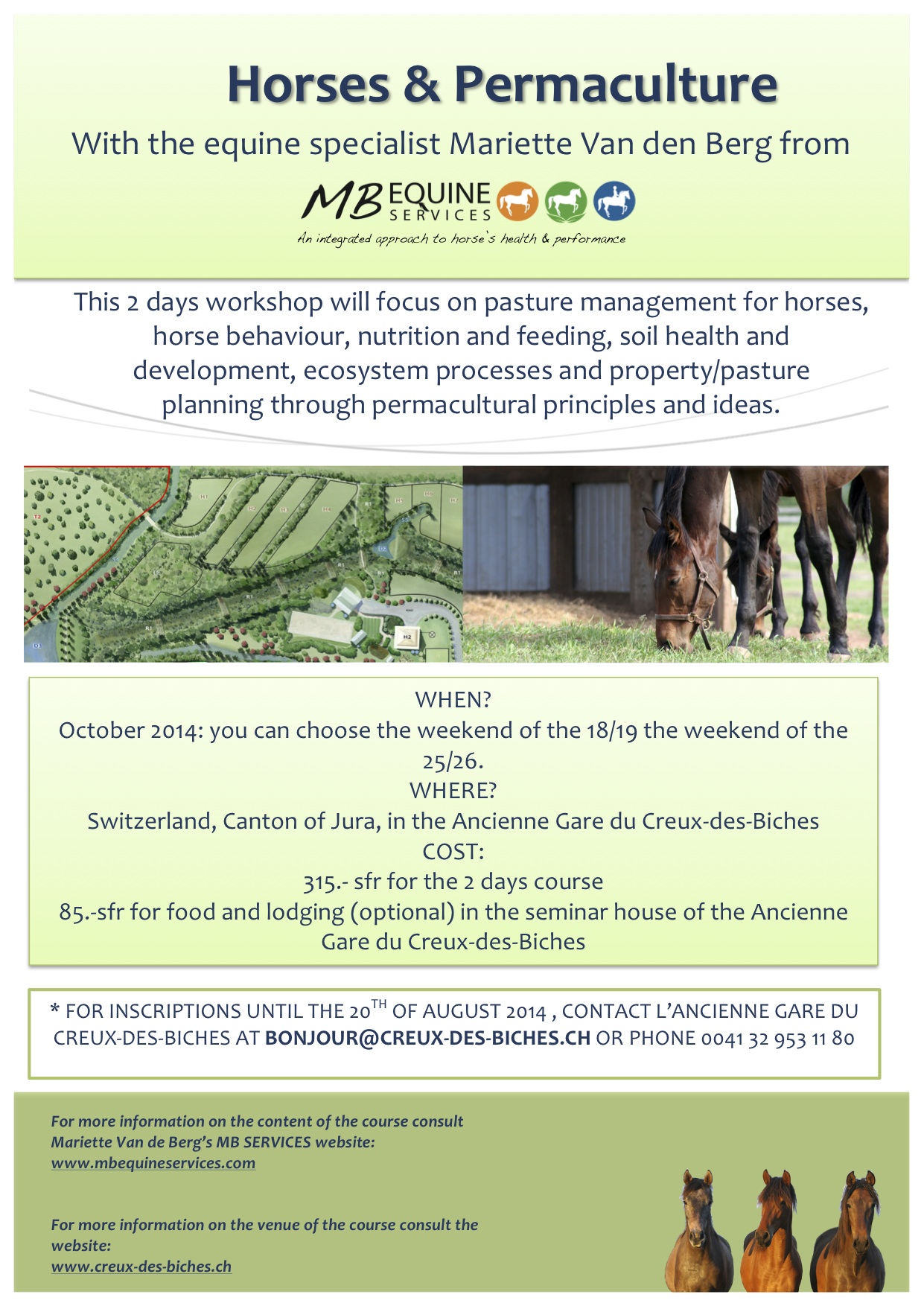
Tenterfield NSW – Equine Nutrition & Pasture Management Workshop (March 2014)
* *******UPCOMING WORKSHOP**** New South Wales:
*******UPCOMING WORKSHOP**** New South Wales:
MARCH 2014
Integrated equine nutrition & pasture management.
GRANITE BORDERS LANDCARE TENTERFIELD
Where: Showgrounds, Tenterfield NSW
When: Saturday 8th of March
Time: 8:30 am (registration) 9:00 – 3:00pm
Costs: free (inlc Morning tea/lunch)
For more information and booking contact:
Co-ordinator – Mark Thomas
PH/Fax 02 6736 3500
Mobile 0404 892 696
Email: mark@gblc.org.au
http://www.graniteborderslandcare.com.au/index.html
Program:
Integrated horse nutrition & pasture management
Healthy land = healthy horses
• Common horse & land management issues
• Horse nutrition; digestive system, feeding practices
and disorders
• Horse behaviour – time budget and foraging strategies
• Pastures; grass growth & development
• Soil development
• Ecosystem management
• Introduction to pasture/grazing planning
• Practicum: Pasture/ land inspection – observing
Research Update: Foraging behaviour in horses
 You may remember that last year we conducted a national horse forage survey for my PhD research at the University of New England. This survey was the first part of the study to collect information about foraging behaviour and diet selection of pastured domestic horses in Australia.
You may remember that last year we conducted a national horse forage survey for my PhD research at the University of New England. This survey was the first part of the study to collect information about foraging behaviour and diet selection of pastured domestic horses in Australia.
This was necessary because diet selection of fresh forages has been primarily studied in wild or free-roaming horses. Very little work has been done that looked into the diet selection of pastured horses and particular the selection of vegetation other than grasses and legumes is not documented.
In addition, we wanted to gain more insight in the pasture conditions of grazing areas, feeding management and the occurrence of unusual behaviours of horses at pasture. The data has been analysed and is now in a final draft to be reviewed and submitted to a peer reviewed journal. We hope later this year to provide a link to the official published paper and we will feature a summary of the results in the Horses and People and Hoofbeats Magazine. So stay tuned!
The next step in this research is to gain a better understanding of the motivations of selecting a wide range of forages by horses. We are aware that herbivores select a variety of plants to cover their nutritional requirements but there is also a complex feedback mechanism – so called post ingestive feedback – that is involved. Animals can get satiated on the plants they select (due to flavour or nutrients) or there may be secondary compounds that are getting to excessive and so animals may need to switch to another plant source. There are many other factors that will influence diet selection of herbivores. Only limited research has been conducted with horses, so my research will focus on getting a better insight in some of these aspects for horses.
One of the first task was collecting some novel/alternative forages for horses. Finally after 5 months we finished the collection of tree/shrub forage for the first trial. We collected between 70- 100 kg of fresh weight of Tagasaste, Bamboo and Willow leaves! Just to get about 30 kg of dried and chaffed material. The other fodder Saltbush and Moringa are already ready for us.

Now we can focus on the next stage – which is getting ready for the actual forage trial with the horses. We are interested to look at novel and familiar forages and bunch of other things that I am hoping to get more insight in! Re-visit our website/blog and/or like our MB Equine Services Facebook page to get the latest updates on this research project and other educational events such as workshops or article releases.
Mariette


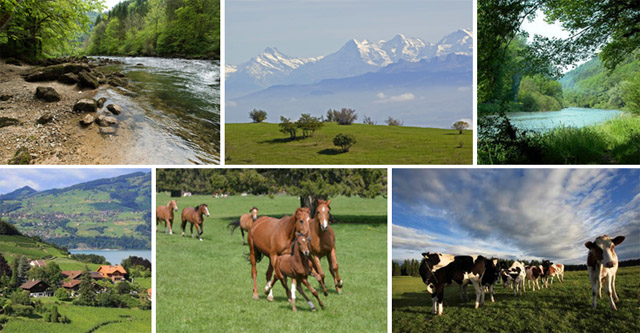
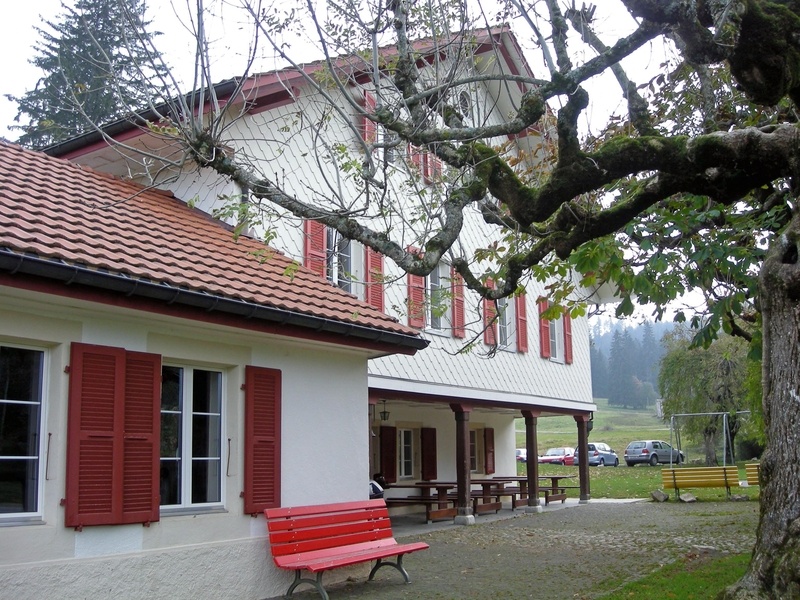
Follow Us!